The Group A touring car era was a global clash of the titans. Structured in a way that would ultimately suit only the most gargantuan of budgets, the Group A regulations culminated in an arms race that would prove the downfall of the category.
Initially, the numbers seemed sound. The FIA decreed manufacturers would produce 5000 homologation models across 12 consecutive months. That vehicle would remain homologated for seven years until production levels had dropped to a minimum of 250 over 12 months.
Complex? Yeah, a bit, but the task of producing a competitive homologated car really only fell to the industry heavyweights. Some manufacturers simply made do with cars already in production – think Ford’s early effort with the woeful 5.0-litre Mustang, or British Leyland’s more successful conversion of the Rover SD to Group A spec.
But it was clear that to win, a bespoke performance variant would have to be created.
Enter BMW, and more specifically, their motorsport division, somewhat efficiently titled ‘Motorsport GmbH.’ BMW had ushered in the Group A era with the 635CSi. Despite its early successes, BMW’s Motorsport boffins were acutely aware the car was becoming obsolete.
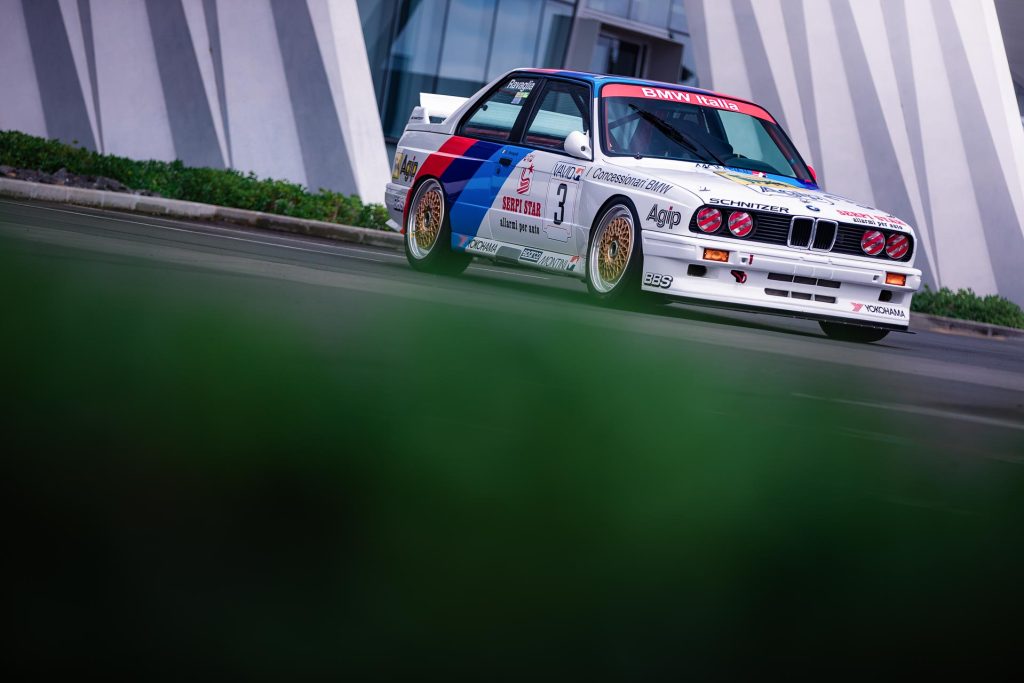
The concept for the M3 goes back even earlier than the Group A era. Paul Rosche, BMW’s director of engine development, had developed Formula 2 power units for March. These 2.0-litre twin-cam extrapolations on BMW’s M10 four-cylinder, known as the M12/7, pumped out over 300hp in their naturally aspirated form.
The rowdy little M12/7 engine was transplanted between the struts of an E21 3-Series sedan and, allegedly, secret test drives proved the combination was a proper firecracker. This would in essence be the genesis of the BMW M3.
Come February 1983, the concept of a new car was being moulded at Motorsport GmbH. The mandate was to be a benchmark-setting race car, the ultimate Group A car from the company who produced the self-appraised “Ultimate Driving Machine.”
The newly released E30 was a given, and early on it was decided that a four-cylinder was to be the heart of this new machine. Rosche reasoned that compared to BMW’s traditional six-cylinder touring car engines, the shorter length of a four-cylinder meant a shorter, stiffer crank.
Ergo, the engine would be less likely to be sensitive to being spun at high revs, critical for naturally aspirated breathing, power and reliability.
The resulting S14 engine would be the stuff of legend. Initially displacing 2.3-litres, the engine was effectively born by lopping off the rear two cylinders of an M88 engine from the M1 supercar. It did prove troublesome in early development, with vibration being a particular issue.
With an expected 10,000rpm rev ceiling, this was clearly undesirable. The fix was longer conrods and shorter, lighter pistons with valve reliefs cut from the top surface.
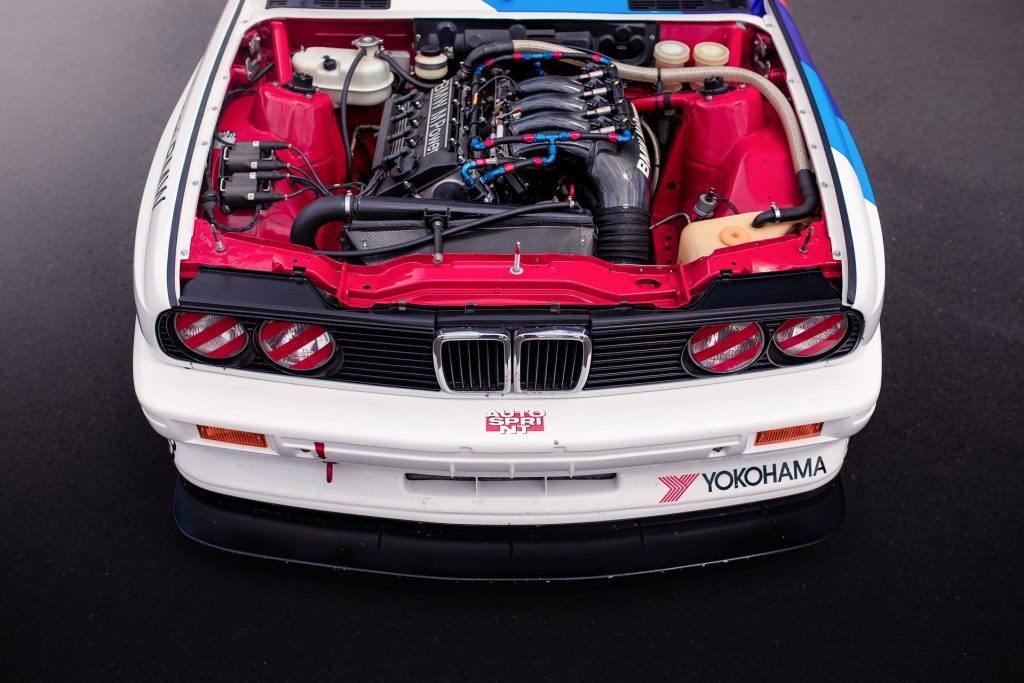
Coupled to a forged crank with eight counterweights, the bottom end achieved BMW’s targets. Topped with a four-valve head, the 2.3 developed 200hp in debut production form. It was the foundation for one of the greatest touring car engines and amongst the most iconic sounding of all time.
The car itself needed wide arches to contain big racing wheels and accompanying brakes, and aerodynamically useful front and rear spoilers, all in line with Group A regulations. The E30 M3 would hit the road in September 1986 to critical acclaim, and by February 1987 enough cars had been produced to qualify for FIA homologation.
BMW enlisted four of the biggest fish to run its ‘works’ touring car efforts. Linder, Bigazzi, Zakspeed and perhaps the most successful of all, Schnitzer, were all tasked with a simple philosophy; supreme success on the world stage.
Schnitzer is the focus here with this beautiful 1990 example being the winner of the Italian Touring Car Championship that same year. More than 40 years earlier, Herbert and Josef Schnitzer built their first race car in their parents’ workshop.
This didn’t bear the blue and white badge, rather, hailing from Italy with the Abarth Scorpion shining on its bootlid.
A few months later the BMW connection was forged, with a BMW 700 kickstarting a longstanding association with the marque. Herbert was more endeared with the preparation of the cars, but Josef is another story altogether.
A qualified mechanical engineer who worked for BMW, Josef possessed not only a gift for tuning race hardware but was also an exceptional wheelman.
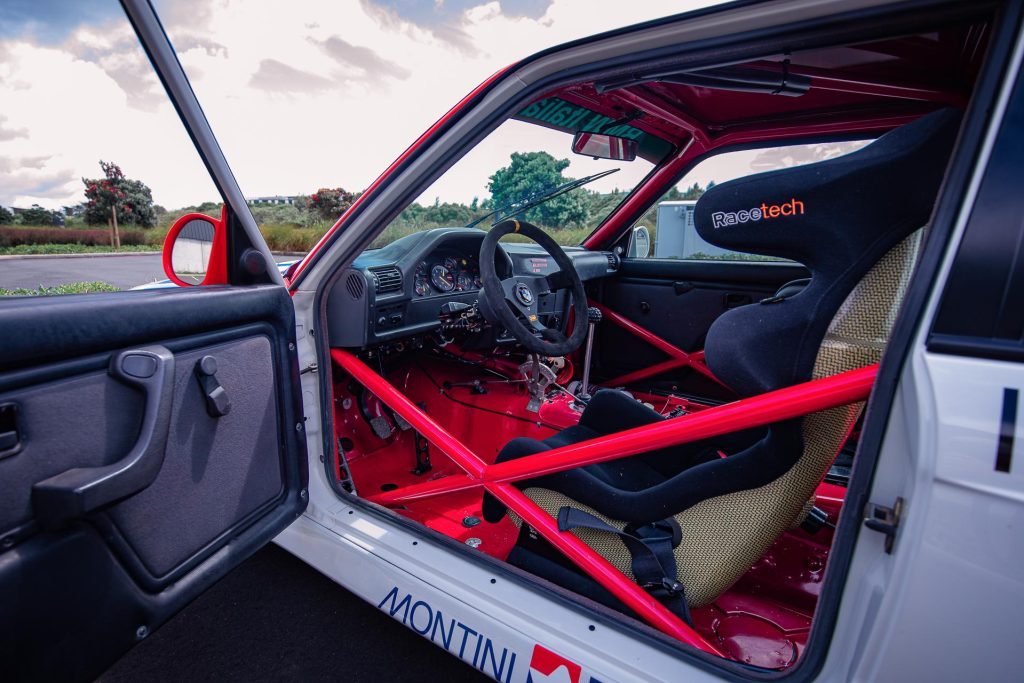
Honing his craft in hillclimbs, Josef would even go on to lap the ’Ring in a BMW TISA 1800 touring car in under 10 minutes, but in 1966 called time on his racing career to establish a BMW dealership with Herbert, developing the race team in tandem.
In 1967, Schnitzer Motorsport would be formalised, and a few years later, they welcomed aboard half-brothers Charly and Dieter Lamm. Schnitzer’s campaigns would embrace the lithe 2002 saloons, challenging Ford Escorts and Alfa Romeo GTAs on the European circuits.
The Group 5 era would bring the superlative flares, flames and boost of the 320 turbos (and a brief flirtation with Toyota Celicas), and the brothers even tasted success in Formula 2, with Jacques Laffite winning the European championship at the helm of a Martini car with a Schnitzer-built M12/7 engine.
Sadly, Josef would pass in a 1978 traffic accident, but Schnitzer continued to carve their place in motorsport history under the watchful eye of Charly Lamm and his talents as a team organiser, and Dieter’s technical prowess.
Touring cars were what Schnitzer seemed to be made for. Entering their first European (ETCC) championship in 1983, Dieter Quester would take his 635CSi to victory on the team’s maiden attempt. Roberto Ravaglia would repeat the feat in 1986, also aboard a 635CSi, effectively ensuring the big coupe was retired from top-level competition in a blaze of glory.
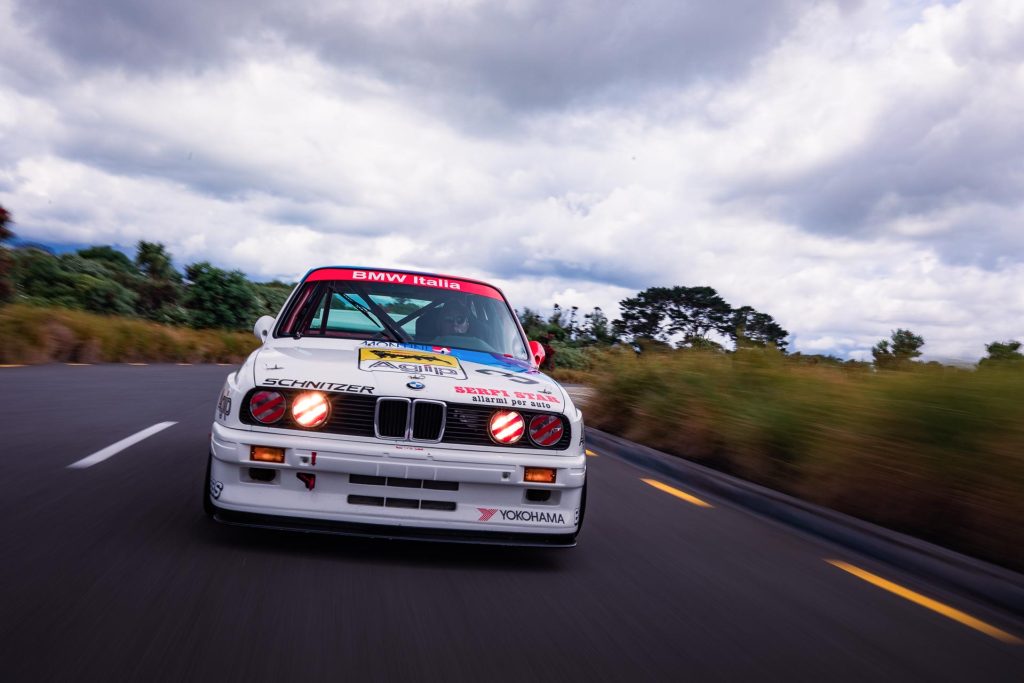
With the FIA now forming a World Touring Car Championship (WTCC) for 1987, Schnitzer were at the forefront of M3 Group A development, even attending the very first tests of the Group A car at Mugello with BMW Motorsport.
In January 1987, the Schnitzers took delivery of the first M3 Group A kits, chassis M3/1-15 and M3/1-34, building the first pair of racing M3s for the WTCC.
The Schnitzer M3s came out of the blocks hard in 1987. Ravaglia would stand atop the podium, taking his E30 to the title at the first attempt, stamping the M3’s authority on the Group A touring car scene.
The WTCC would even take in New Zealand and Australia, with Ravaglia and Emanuele Pirro finishing 2nd and 12th, respectively, at Wellington and Bathurst – the former beginning a seemingly indomitable streak for the team’s E30s on the waterfront.
The WTCC only lasted one year, and for 1988 Schnitzer again found themselves in the thick of it among the ETCC. Ravaglia would again triumph aboard an E30, scoring a notable victory in the 24 hours of Spa amongst a string of consistent results that saw the M3s best the new turbocharged Sierra RS Cosworth opposition.
Pirro would begin a four-year winning streak in Wellington, taking the first of his victories among the NZ capital’s concrete barriers, and winning the crowd’s adulation with his typically Italian vigour. The Schnitzer team would make the capital their own over these four years, the nimble M3 seemingly built for the tight street circuits.
The team would expand in 1989, building a large complex at their Freilassing base to accommodate the increased scale of their motorsport operations. The ETCC was no more, so Schnitzer’s attention turned to the local Deutsche Tourenwagen Meisterschaft (DTM) series but, crucially, also committing resources to the Italian Championship (CIVT).
Ravaglia would again win for Schnitzer in the DTM with team mate Fabien Giroix in third, but Johnny Cecotto’s absolutely dominant performance landing a podium finish at every single race, left him as 1989 champion.
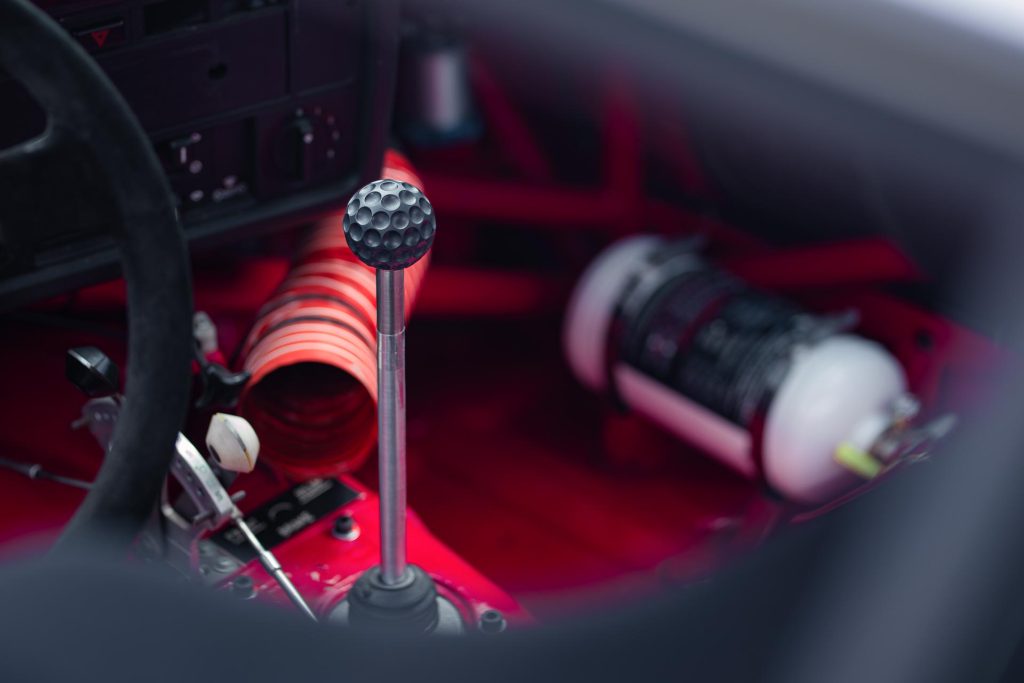
For 1990, it was a case of ‘rinse and repeat’ for Schnitzer, with both DTM and CIVT championships in their sights. Except this time, Cecotto would gun for the German series, and Ravaglia fittingly would take out his home series in Italy. Preparation was started in March 1990, with five shells pulled from Motorsport GmbH’s shelves and sent to Freilassing for preparation.
These cars would be destined for the DTM, and the championship would go down to the wire with Cecotto narrowly missing out on the title, finishing second to the mighty Audi Quattro V8 of Hans Stuck.
The sixth, chassis M3/1-154, would be the car that took Ravaglia to the Italian title in decisive fashion, a car that now calls New Zealand home, with its latter years spent in historic competition.
Ravaglia would win seven races on his way to the 1990 CIVT title, in a season that’s said to have left competitors speechless. M3/1-154 wouldn’t get any rest, however. The car was shipped to Macau, where Pirro would take the reins and pilot it to second overall, and first in class in the gruelling Guia race for touring cars.
The car would spend a couple of years in Belgium, competing for the Procar series, before living a life as a hillclimber.
Eventually, M3/1-154 was restored to its Macau livery by Zakspeed, before ending up back in its Italian Championship livery, and landing in New Zealand for its second visit, following a stint in the Australian Historic Touring Car series.
Remarkably, the trademark red interior of the Schnitzer car – one of the easiest trademarks to look out for in period photographs – remains in original condition. Typical of the Group A era, the OEM dash and door cards remain, retaining an important link to the production car.
There’s everything needed to go fast, and nothing that isn’t, and it’s pure in its analogue simplicity from the driver’s seat.
The rev limit pointer on the period Stack tacho alludes to the potency under the bonnet. By this stage, the S14 had received a bump in capacity to 2.5 litres and punched out nearly 340hp, and the engine bay view is nothing short of mechanical artistry.
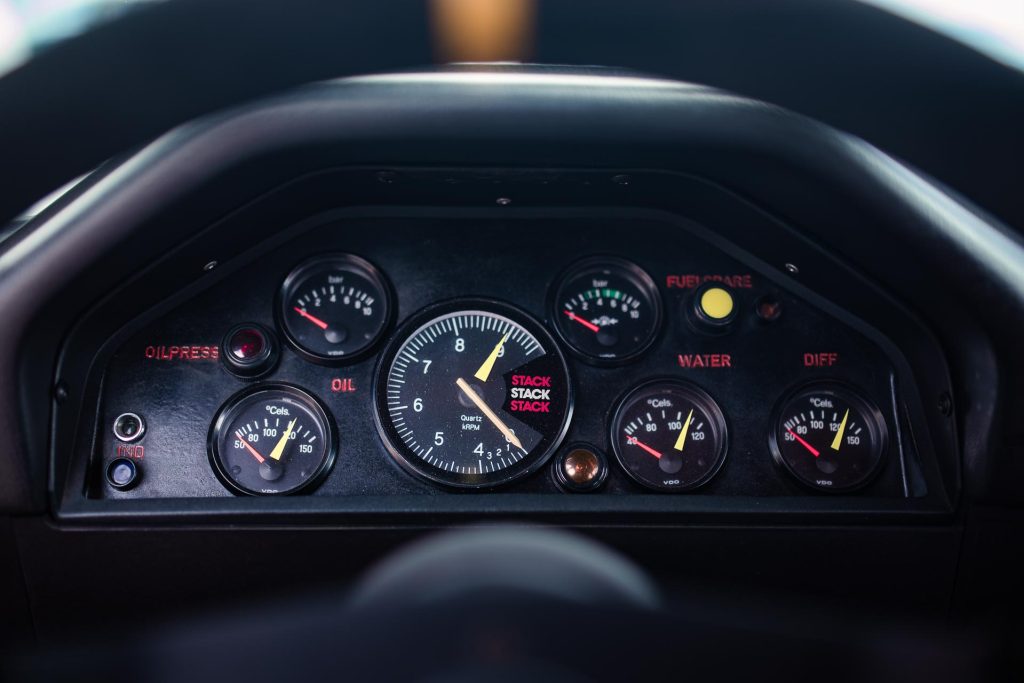
Carbon fibre is prominent, the large (in this instance, DTM spec) intake plenum feeding the quartet of slide throttles that endow the Group A M3s with their distinctive intake bark. It’s really the main feature that distinguishes the Group A powerplant from its showroom counterpart, with only the twin coil packs and carbon radiator ducting seemingly deviating from a road-going example.
True to Motorsport GmbH’s vision, the exterior aesthetic of a Group A BMW M3 hits the mark perfectly. The 17-inch BBS centerlock wheels fill the arches to perfection, the oh-so-80s styling augmented by BMW trademark tri-colour stripes.
It wouldn’t be the end of Schnitzer’s E30 M3 chapter, however. In 1991 the team would focus solely on the DTM. Cecotto finished fourth, the best of the Schnitzer cars, with the title again falling to the Audi V8. As 1992 dawned, it was to be a sunset over the DTM as Schnitzer knew it, and the E30 M3’s top tier competition tenure as a whole.
Motorsport GmbH had switched allegiances, and Schnitzer was no longer the best supported M3 team. A new FINA-Warthofer M Team had emerged with BMW’s full backing, and without the ‘best’ components available Schnitzer found themselves on the back foot somewhat.
The team’s cars would finish seventh (Ravaglia), eighth (Joachim Winkelhock) and 14th (Altfrid Heger) when the dust settled, and Schnitzer would see out their E30 years with a three-car assault in Macau, scoring a 1-2-3 finish. New Zealand would be the final stop for Schnitzer and their E30 M3s, the Pukekohe round of the Nissan Mobil series saw the chassis retired on a high, with a win for Emanuele Pirro.
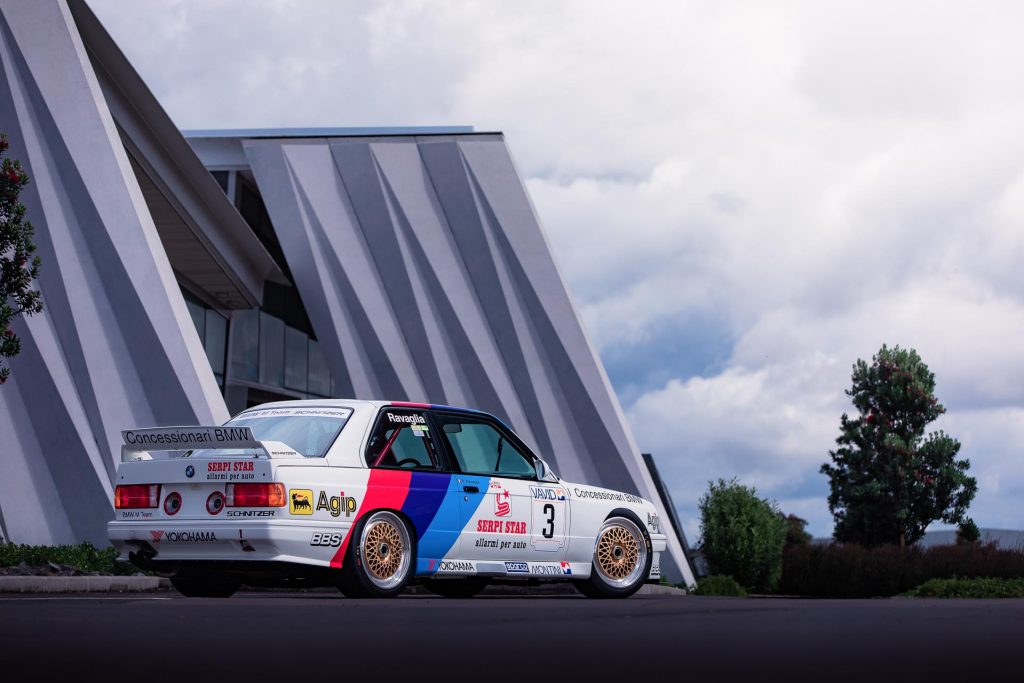
It’s not far-fetched to say that without Schnitzer, BMW may not have gone on to be the single most successful manufacturer of touring cars.
While its reputation began with a Group A 635CSi, it was set in stone with the success of the E30 M3.
This article first appeared in the November 2023 issue of NZ Autocar magazine.


